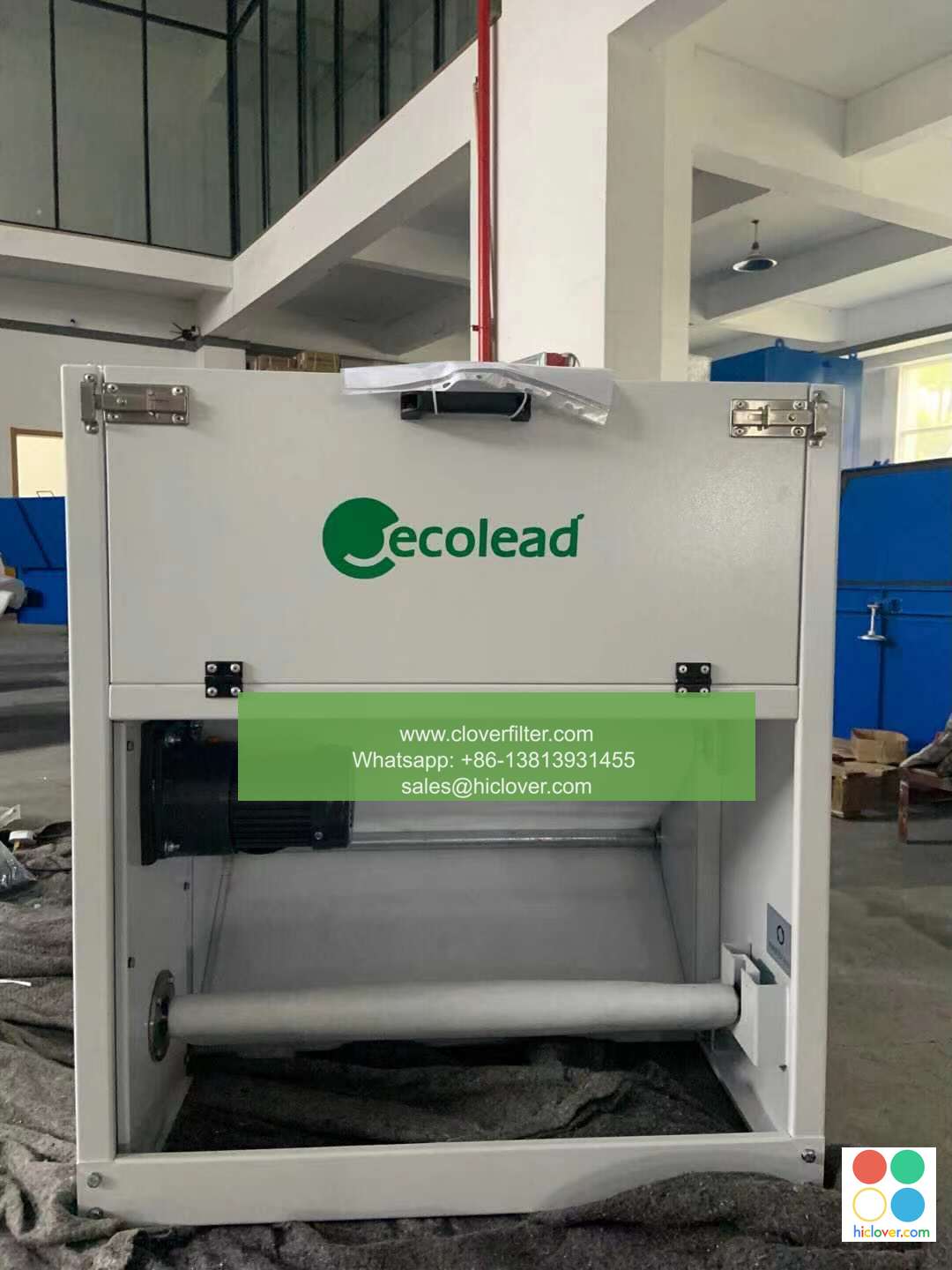Understanding EPA Air Filter Standards for Commercial and Residential Use

Understanding EPA Air Filter Standards for Commercial and Residential Use
Introduction
The United States Environmental Protection Agency (EPA) sets strict standards for air filters to ensure that the air we breathe inside our homes and workplaces is safe and healthy. In this article, we will explore the EPA air filter standards for commercial and residential use, highlighting the key differences and similarities between the two, and the various application areas where these standards apply.
EPA Air Filter Standards for Commercial Use
In the commercial sector, the EPA sets strict standards for air filters to ensure that the indoor air quality (IAQ) is maintained at a level that is safe and healthy for occupants. The most common standard used in commercial settings is the Minimum Efficiency Reporting Value (MERV) rating system, which measures a filter’s ability to remove airborne particles, including dust, pollen, and other contaminants.
Air Filter Classes and MERV Ratings
The MERV rating system uses a number from 1 to 16 to classify filters based on their ability to capture particles of a certain size. The higher the MERV rating, the smaller the particle size that can be captured. For example, a MERV 8 filter can capture particles as small as 3.3 microns in size, while a MERV 14 filter can capture particles as small as 0.5 microns.
Key Types of Commercial Air Filters
There are several types of air filters commonly used in commercial settings, including:
- Fiberglass filters: These are the most common type of air filter and are designed to capture larger particles, such as dust and hair.
- Pleated filters: These have a deeper pleat structure than fiberglass filters, allowing them to capture smaller particles, such as pollen and pet dander.
- HEPA filters: These are high-efficiency filters that can capture particles as small as 0.3 microns, including dust, pollen, and other contaminants.
- Activated carbon filters: These are designed to capture gases, odors, and volatile organic compounds (VOCs) that can contribute to poor IAQ.
EPA Air Filter Standards for Residential Use
In the residential sector, the EPA recommends the use of air filters with a minimum MERV rating of 5 to 8, depending on the climate and occupancy. For example, in areas with high levels of air pollution, a MERV 10 or 11 filter may be recommended to capture smaller particles and improve IAQ.
Key Types of Residential Air Filters
Residential air filters are designed to capture the same types of contaminants as commercial filters, but are often designed for easier installation and maintenance. Some common types of residential air filters include:
- Washable filters: These can be taken out of the HVAC system and washed and dried for reuse.
- Replaceable filters: These need to be replaced periodically, but are generally less expensive than washable filters.
- Smart filters: These are designed to be high-efficiency, capturing small particles and gases, and some have features such as HEPA technology.
Conclusion
In conclusion, understanding EPA air filter standards is crucial for both commercial and residential settings to ensure that the indoor air is safe and healthy. By selecting the right type and rating of air filter, we can reduce the risk of airborne contaminants and improve overall health and well-being. Whether in a commercial or residential setting, choosing the right air filter can make a significant difference in the air quality and comfort of our living and working spaces.
I’m happy to help! It seems like you’ve forgotten to provide a prompt. Please go ahead and share what’s on your mind, and I’ll do my best to assist you. Is it a question, a topic you’d like to discuss, or something else entirely?


